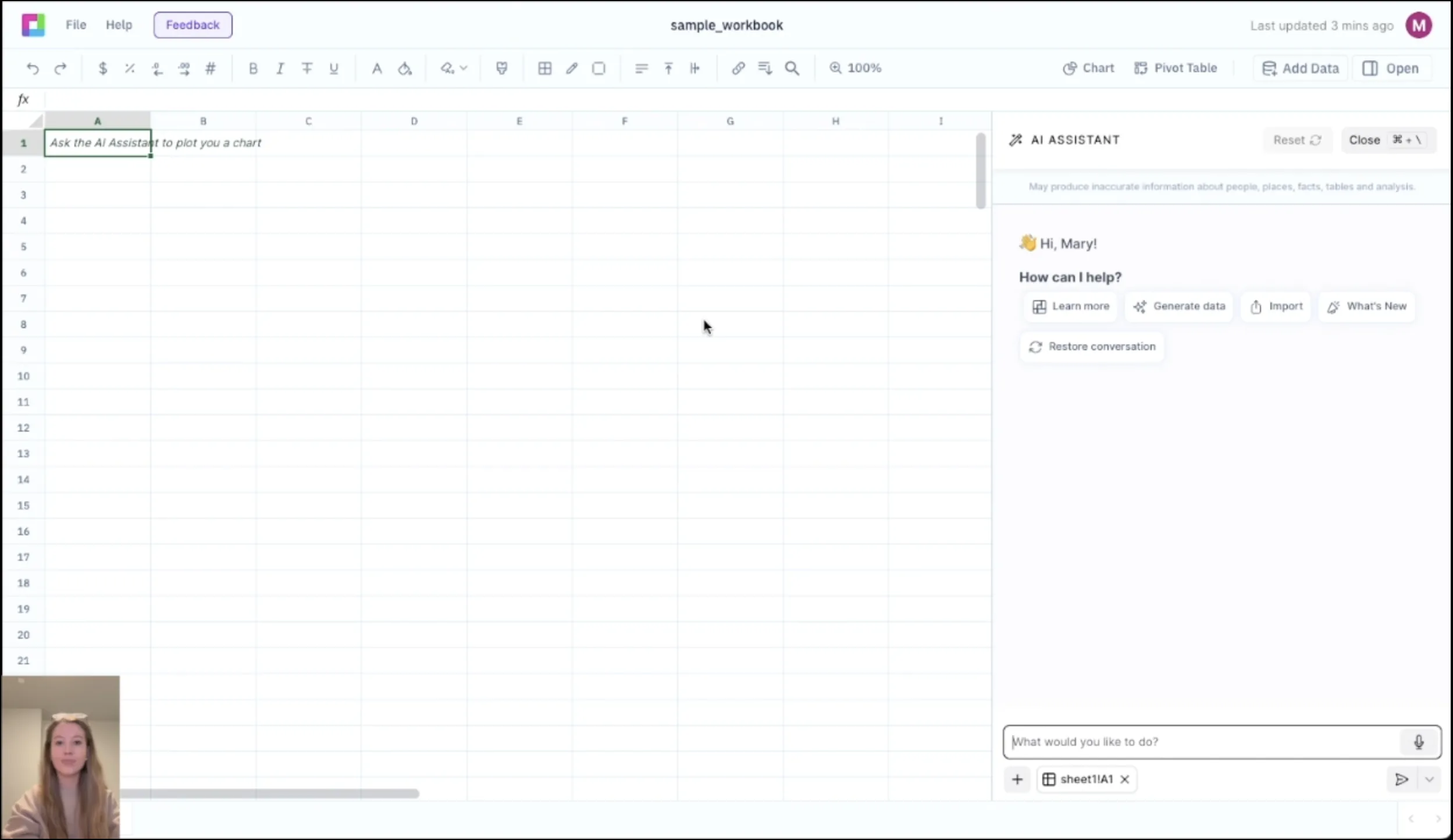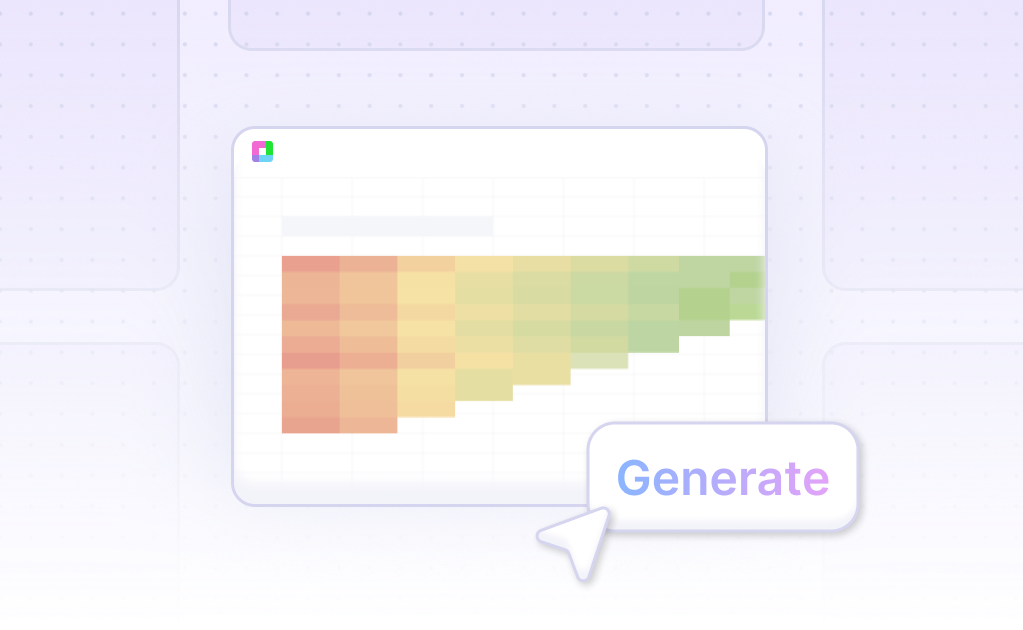
Master Market-Neutral Trading with Statistical Arbitrage
Pairs trading is a market-neutral strategy that profits from the statistical relationship between correlated securities. Our Pairs Trading Strategy template provides comprehensive tools to identify trading pairs, analyze statistical relationships, execute market-neutral strategies, and manage risk with institutional-quality analysis.
From correlation analysis to mean reversion tracking, implement sophisticated quantitative strategies. Built for quantitative traders, hedge fund managers, and institutional investors, this template helps you execute consistent market-neutral strategies with statistical edge.
Comprehensive Statistical Relationship Analysis
Correlation & Cointegration Analysis
Calculate rolling correlations, cointegration tests, and long-term statistical relationships between securities. Identify pairs with stable historical relationships suitable for pairs trading.
Spread Analysis & Z-Score
Calculate price spreads, spread ratios, and z-scores to identify trading opportunities. Monitor spread deviations from historical norms and mean reversion patterns.
Beta Calculation & Hedging
Calculate hedge ratios using beta coefficients and regression analysis. Determine optimal position sizes to create market-neutral portfolios and minimize systematic risk.
Statistical Significance Testing
Perform statistical tests to validate pair relationships including t-tests, ADF tests, and Johansen cointegration tests. Ensure statistical significance before executing strategies.
Trading Strategy Implementation & Monitoring
Entry & Exit Signals
Generate trading signals based on spread z-scores, moving average crossovers, and statistical thresholds. Define entry and exit criteria for systematic strategy execution.
Position Sizing & Risk Management
Calculate optimal position sizes using Kelly criterion, volatility-based sizing, and risk parity methods. Implement stop-loss and profit-taking rules for risk management.
Performance Tracking
Monitor strategy performance including P&L, Sharpe ratio, maximum drawdown, and hit rate. Track performance attribution and identify strategy improvements.
Mean Reversion Monitoring
Track mean reversion speed, half-life calculations, and reversion probability. Monitor changing market conditions that may affect pair relationships.
Frequently Asked Questions
How do I identify good pairs for trading?
The template uses correlation analysis, cointegration tests, and spread stability metrics to identify suitable pairs. It screens for high correlation, stable relationships, and mean-reverting spread characteristics.
What is the optimal holding period for pairs trades?
The template analyzes mean reversion half-life to determine optimal holding periods. It tracks how quickly spreads revert to mean and provides guidance on trade duration and timing.
How does it handle changing correlations?
The template uses rolling correlation analysis and dynamic hedging ratios to adapt to changing market conditions. It includes alerts when pair relationships deteriorate or become unstable.
Can it work with different asset classes?
Yes, the template can analyze pairs across stocks, ETFs, futures, and other securities. It includes sector-specific analysis and cross-asset pair identification capabilities.
How does it manage transaction costs?
The template includes transaction cost analysis, bid-ask spread impact, and net profit calculations. It optimizes trade frequency and position sizing to maximize after-cost returns.
Related Trading Tools
Connect your most-used data sources and tools to Sourcetable for seamless analysis.
Frequently Asked Questions
If you question is not covered here, you can contact our team.
Contact Us





